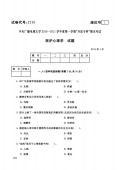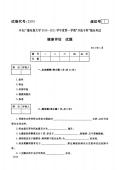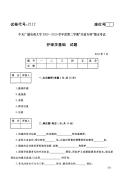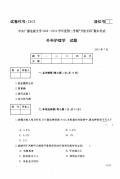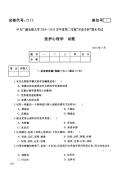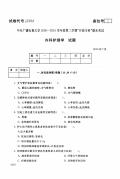国家开放大学:2010—2011学年第二学期“开放专科”护理学专业健康评估期末试题(7月)
文件格式: PDF大小: 308.58KB页数: 6
国家开放大学:2010—2011学年第一学期“开放专科”护理学专业护理学基础期末试题(1月)
文件格式: PDF大小: 182.2KB页数: 7
国家开放大学:2010—2011学年第一学期“开放专科”护理学专业外科护理学期末试题(1月)
文件格式: PDF大小: 193.94KB页数: 6
国家开放大学:2010—2011学年第一学期“开放专科”护理学专业医护心理学期末试题(1月)
文件格式: PDF大小: 129.55KB页数: 6
国家开放大学:2010—2011学年第一学期“开放专科”护理学专业内科护理学期末试题(1月)
文件格式: PDF大小: 184.85KB页数: 7
国家开放大学:2010—2011学年第一学期“开放专科”护理学专业健康评估期末试题(1月)
文件格式: PDF大小: 148.62KB页数: 6
国家开放大学:2009—2010学年第二学期“开放专科”护理学专业护理学基础期末试题(7月)
文件格式: PDF大小: 182.67KB页数: 7
国家开放大学:2009—2010学年第二学期“开放专科”护理学专业外科护理学期末试题(7月)
文件格式: PDF大小: 177.36KB页数: 6
国家开放大学:2009—2010学年第二学期“开放专科”护理学专业医护心理学期末试题(7月)
文件格式: PDF大小: 121.86KB页数: 5
国家开放大学:2009—2010学年第二学期“开放专科”护理学专业内科护理学期末试题(7月)
文件格式: PDF大小: 198.4KB页数: 7




